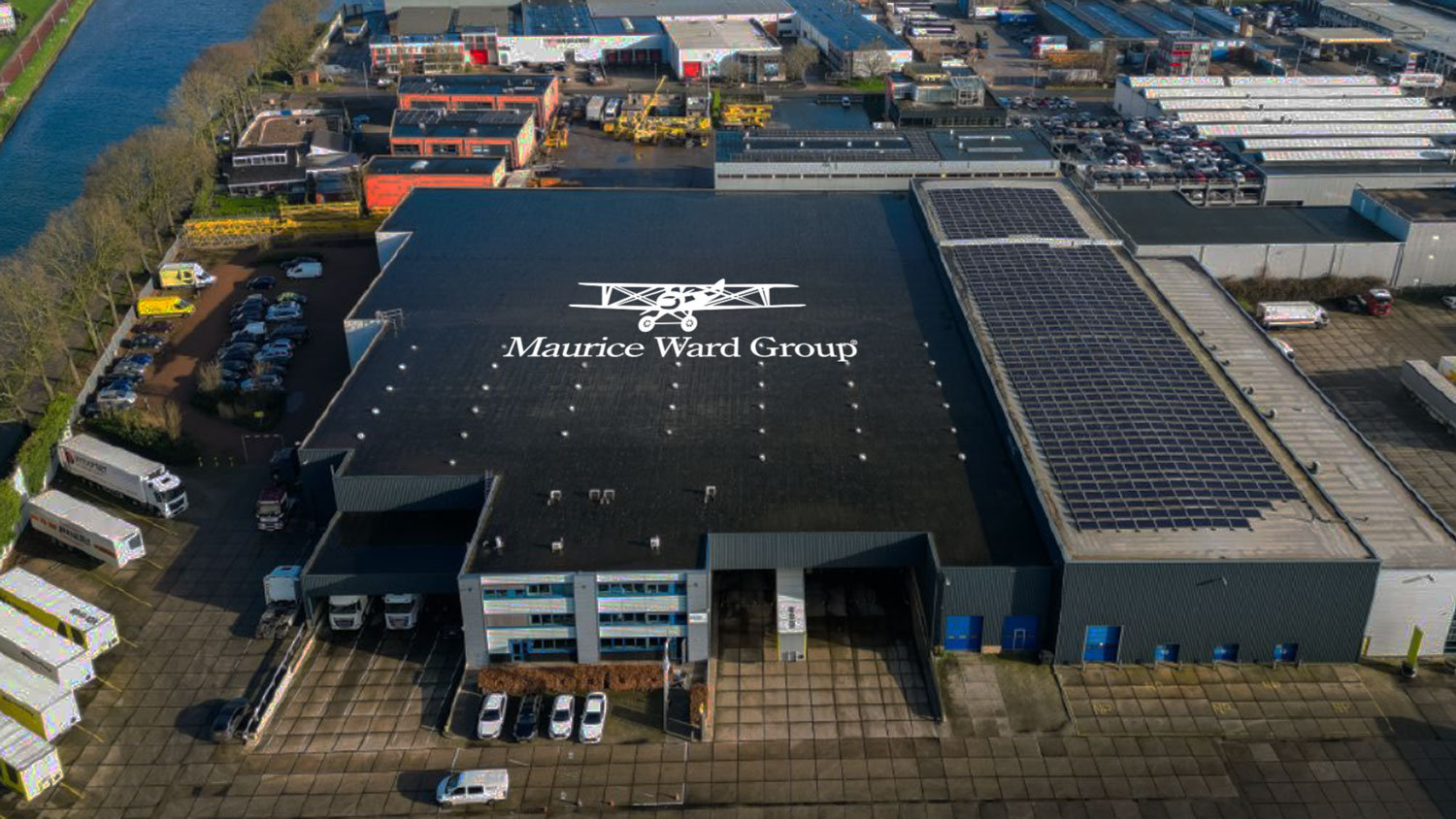New Warehouse in Holland – Now Open for Business
The Maurice Ward Group is once again growing its physical footprint in Europe with the addition of a new warehouse in a strategically important location.
Express Road Shipments: When every minute counts, you can count on us! Start tour >
November 10, 2021
Customs duties are a nightmare for many manufacturers and traders around the world. Countries with developed economies tend to apply these duties on imports and exports, which cost business entities a fortune every year. The bigger the business is, the more custom duties would be applied. Even smaller businesses suffer from these duties because it eliminates the chances of competition in local markets.
The law of Duty Drawback has been issued internationally to give businesses a fair chance and allow some room for competition. In definition, the Duty Drawback is a refund of customs duties, taxes and fees paid on imported goods in special circumstances.
Mainly, there are three kinds of Duty Drawbacks:
Manufacturing drawback: if a manufacturer imported items that would be used in producing products. When these products are exported, the manufacturer can claim a Duty Drawback on the imported items. Since these items were not sold in local markets and were used in the production process of a final product that was then exported, the manufacturer will be able to get a refund. For example, an automobile manufacturer imported engine parts that were used in producing cars. If the cars were exported, the manufacturer can claim a refund of the customs duties that were paid on these engines.
Unused merchandise drawback: if a manufacturer imported items, then exported some of them in the same unused condition, the manufacturer can claim a Duty Drawback on the exported quantity. For example, an automobile manufacturer imported wheels that were used in producing cars, but 50% of the imported quantity was not used at all and was exported in the same unused condition, the manufacturer can claim a refund of the customs duties that were paid on these wheels.
Rejected merchandise drawback: if a manufacturer imported items but these were locally rejected by the standards and laws applied in the country. These items can be exported back under the supervision of the customs department, and the manufacturer can claim a Duty Drawback over these rejected items. For example, an automobile manufacturer imported glass panels to be used in manufacturing car windows, but these panels do not correspond to the applicable standards of the country, then they can be exported back, and the manufacturer can claim a refund of the custom duties that were paid on these glass panels.
There is also an extension to this type which is damaged merchandise. This is the case when items are rejected from entering the country and can’t be exported back, so the manufacturer can apply for Duty Drawback upon damaging these items under governmental supervision.
There are many benefits to the Duty Drawback that will motivate you to think about filing a request for custom refunds.
According to the U.S. Customs and Border Protections “Drawback is the refund of certain duties, internal revenue taxes, and certain fees collected upon the importation of goods and refunded when the merchandise is exported or destroyed.”
Drawback dates back to the Tariff Act of 1789, which “a revenue tariff measure designed to raise money to pay Government wages and obligations and to fund the national debt. This initial tariff bill became law on July 4, 1789” Two Centuries of Tariffs, USITC publications
According to the EU Commission Working Document “Duty Drawback (hereafter referred to as ‘DD’), as defined in the protocols of origin contained in preferential trade agreements, is the refunding, remission or non-payment – partial or complete – of customs duties or equivalent charges on foreign inputs (raw, semi-manufactured materials or components) that are used in the production of a final product which is exported to a third country.”
Many EU trade agreements restrict the application of Duty Drawbacks to guarantee fair competition in the local markets. “The term drawback means refunding duties paid on imported goods and the “no drawback” provision were provided for prohibits this. This rule ensures that duties applicable to third country materials are paid. The objective of this rule is to prevent unfair competition in national markets.” European Commission, Common Provisions
Perhaps this prohibition was made to encourage the trade relationships between EU countries and eliminate the imports from outside. However, there are many exclusions of this prohibition allowing the law of Duty Drawback with certain countries and trade commissions.
Our team of experts in customs analysis is ready to provide you with the right advisory, as well as apply the filings on your behalf. If you believe you are eligible for a Duty Drawback, get all the info you need on Duty Drawback by contacting our Maurice Ward Group experts so that we can analyze your case and help you get the most out of it. Our company has years of experience in this domain and we have helped tens of clients from different sectors get refunded.
The first ever ‘cargo only’ flight was recorded in November 1910 in the USA, using a Wright Model B aeroplane that flew 65 miles carrying a package of silk. The business owner used the pioneering transport more as a PR stunt to celebrate the opening of his store, with the bundle of silk cut into individual pieces and glued onto souvenir postcards.

The Maurice Ward Group is once again growing its physical footprint in Europe with the addition of a new warehouse in a strategically important location.

Maurice Ward Croatia is starting an exciting new phase with Matija Sajko as the newly appointed Branch Manager. As a total logistics services provider, this branch offers End-to-End logistics solutions, from the smallest packages to bulk movements, every shipment handled with care.

On October 4th, Maurice Ward France proudly inaugurated its new headquarters, located in Genas near Lyon airport. This is a significant milestone in the company’s journey and reflects its ambitious vision for the future. With modern design and advanced facilities, the new headquarters will be a hub for French operations, teamwork, and growth.
Maurice Ward Group is the term used to identify collectively all Maurice Ward companies. These companies are each separate legal entities acting for their own risk and account or their principals. They can only bind themselves and the other Maurice Ward entities are not liable for their actions. The use of the term Maurice Ward Group on this website or by any of the other Maurice Ward companies in any document or mean of communication is for practical reasons only.
| Cookie | Duration | Description |
|---|---|---|
| VISITOR_INFO1_LIVE | 5 months 27 days | A cookie set by YouTube to measure bandwidth that determines whether the user gets the new or old player interface. |
| YSC | session | YSC cookie is set by Youtube and is used to track the views of embedded videos on Youtube pages. |
| yt-remote-connected-devices | never | YouTube sets this cookie to store the video preferences of the user using embedded YouTube video. |
| yt-remote-device-id | never | YouTube sets this cookie to store the video preferences of the user using embedded YouTube video. |
| yt.innertube::nextId | never | This cookie, set by YouTube, registers a unique ID to store data on what videos from YouTube the user has seen. |
| yt.innertube::requests | never | This cookie, set by YouTube, registers a unique ID to store data on what videos from YouTube the user has seen. |
| Cookie | Duration | Description |
|---|---|---|
| pll_language | 1 year | The pll _language cookie is used by Polylang to remember the language selected by the user when returning to the website, and also to get the language information when not available in another way. |